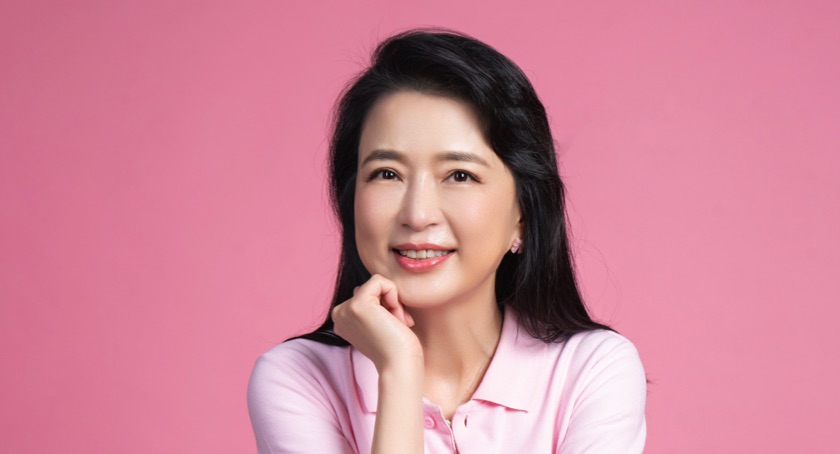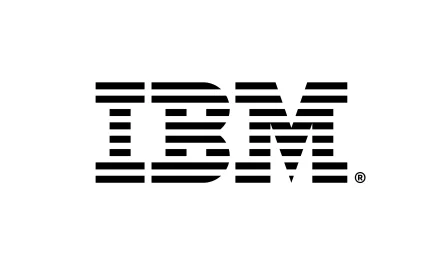2024 was a big year for AI across a myriad of industries, and the beauty and retail sectors are no different. Retailers and brands are increasingly embracing the technology for everything from store analytics to personalized recommendations. In fact, 42% are already using AI, and 34% are either piloting AI initiatives or considering making the investment in such technology.
Alice H. Chang, CEO of Perfect Corp., is one of the first visionaries at the intersection of tech and beauty. She took time to share insight with Happi on how AI is expanding in beauty.
In Her Own Words…
AI is not only making an impact on business operations, but it’s revolutionizing the customer experience and how consumers interact with their favorite brands. Soon, AI implementation won’t just be a “nice to have” for beauty and fashion sellers; it’ll be table stakes for any brand or retailer looking to deliver a more personalized and interactive shopping experience. And as we continue to see this uptick in AI in beauty and retail, we’re going to see applications evolve with consumers’ ever-changing needs and preferences. Here are my predictions for how this will unfold in 2025.
Beauty and fashion brands will increasingly adopt AI assistants and chatbots trained on proprietary data for more tailored, on-brand responses.
In 2024, many e-commerce platforms and shopping services integrated ChatGPT-powered chatbots to help shoppers find products and streamline customer service. Research indicates that AI assistants can help reduce shoppers’ mental load and shopping time, ultimately increasing satisfaction and sales conversions.
Heading into 2025, companies will not only continue introducing AI chatbots into their digital storefronts, but they’ll increasingly leverage customized models rather than using general purpose AI. Models trained on proprietary datasets have a better understanding of the company, industry, and customers, producing more informed and relevant answers—thus driving even better business outcomes.
Jewelry and accessories will serve as a gateway for fashion brands to adopt AI and AR for clothing and apparel.
While virtual try-on capabilities have become a game changer for cosmetics and hair, there are unique challenges when implementing this technology for apparel such as accurately simulating how clothes drape on a diverse range of body shapes, handle different fabric textures, and account for lighting variations.
As clothing brands continue to explore the integration of AI- and AR-powered virtual try-on technology, jewelry and accessories will serve as a natural entrypoint for them to iterate on its use for clothing. This will lead to the implementation of realistic virtual try-ons that drive sales and reduce returns, and eventually AI and AR will support more product categories over time.
As the trend of “de-influencing” continues to surge on social media, consumers will use AI to personalize their shopping experiences and help them prioritize purchases that are truly right for them.
Considering the state of the economy and concerns about climate change, many consumers are prioritizing mindful spending to save money and reduce their carbon footprint. In response, social media creators are promoting thoughtful consumption by “de-influencing” their followers, or encouraging them to think critically about whether they need an item or are merely buying it because of online marketing or social pressure.
At the same time, hyper-personalized experiences are helping shoppers select items tailored to their needs and preferences, rather than widely popular options that aren’t right for them. This is especially true for skincare, since each person has highly specific skin concerns and preferences—one product or routine might work perfectly for one person’s skin, but can lead to breakouts or other reactions for another.
Together, these two forces will encourage even more consumers to spend intentionally and reject trendy items in favor of curated choices for their unique needs.
The adoption of AI will continue to blur the lines between online, in-store and social shopping.
Brick-and-mortars aren’t going anywhere, but online third-party marketplaces and social shopping are growing at a remarkable pace. Walmart Marketplace is growing by over 30% QoQ, Amazon is on track to become the country’s leading beauty platform next year, and TikTok Shop, though nascent, is already the 9th largest beauty retailer in the US.
As in-store shopping evolves with new technologies and consumers continue to turn to their favorite online and social channels, these different shopping experiences will increasingly converge to create one unified experience. For example, Sephora allows shoppers to virtually try on products in-store and engage in interactive campaigns like “Swipe it. Shop it.”—a Tinder-inspired experience in which guests “like” or “dislike” products by swiping right or left and receive customized recommendations.
The convergence of online, in-store, and social shopping is a key opportunity for beauty and retail brands to create frictionless, personalized shopping journeys that meet consumers where they are. AI is at the heart of this shift towards a more connected shopping experience.
Looking for more insight? Check out Perfect Corp’s recent infographic on holiday shopping here.


